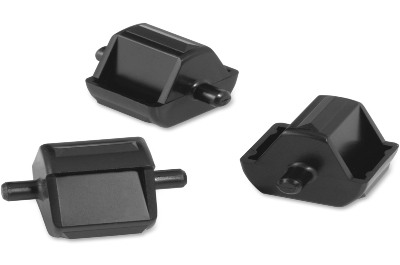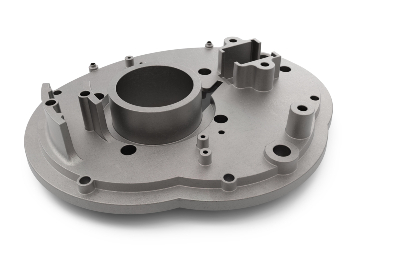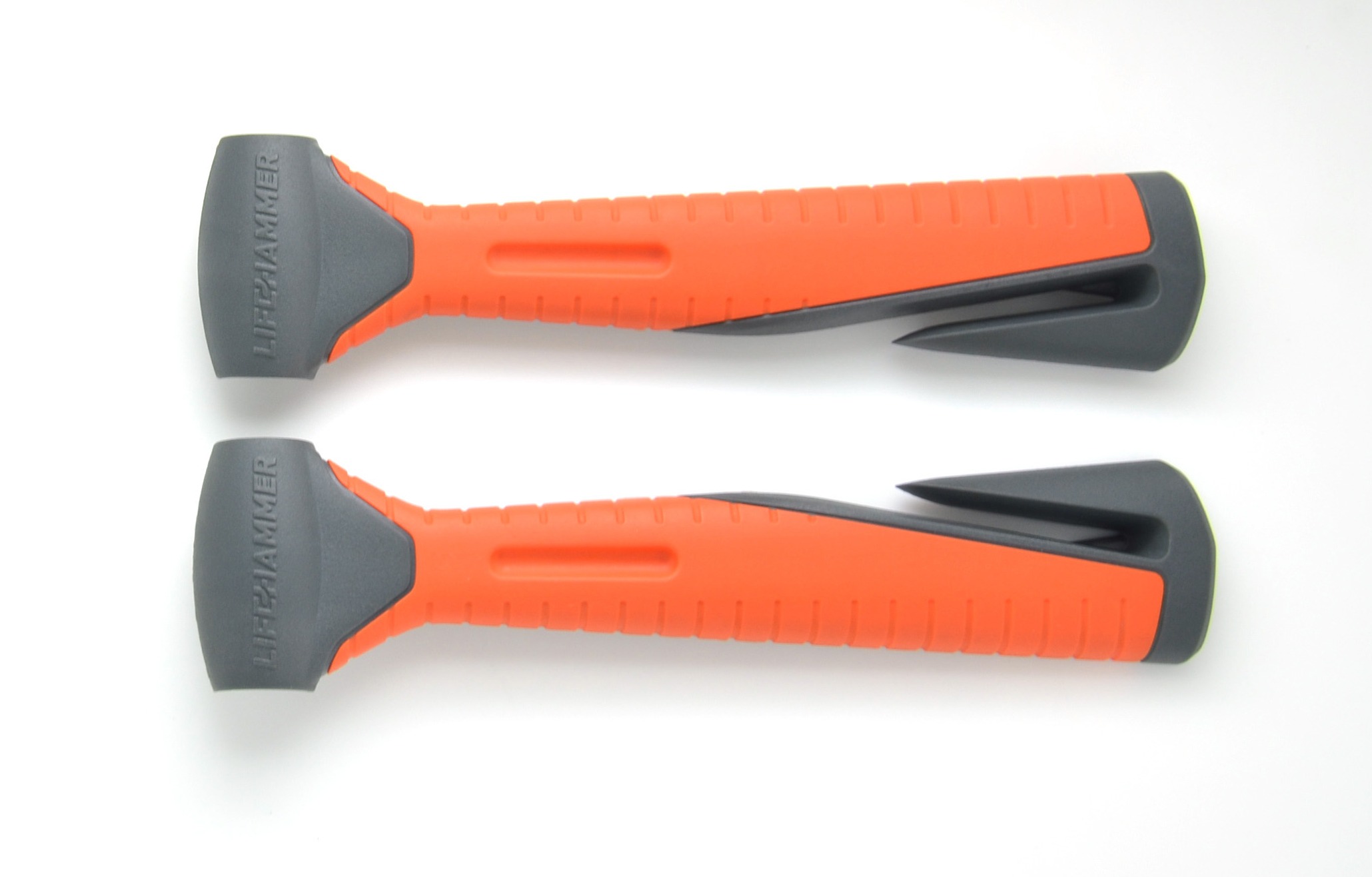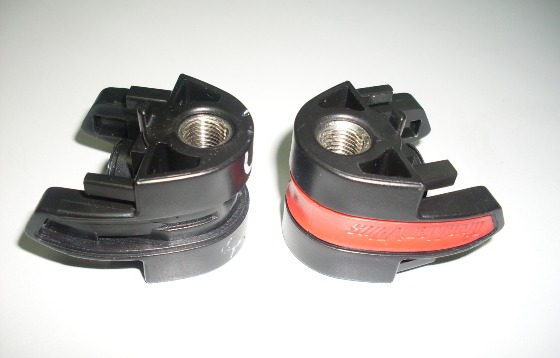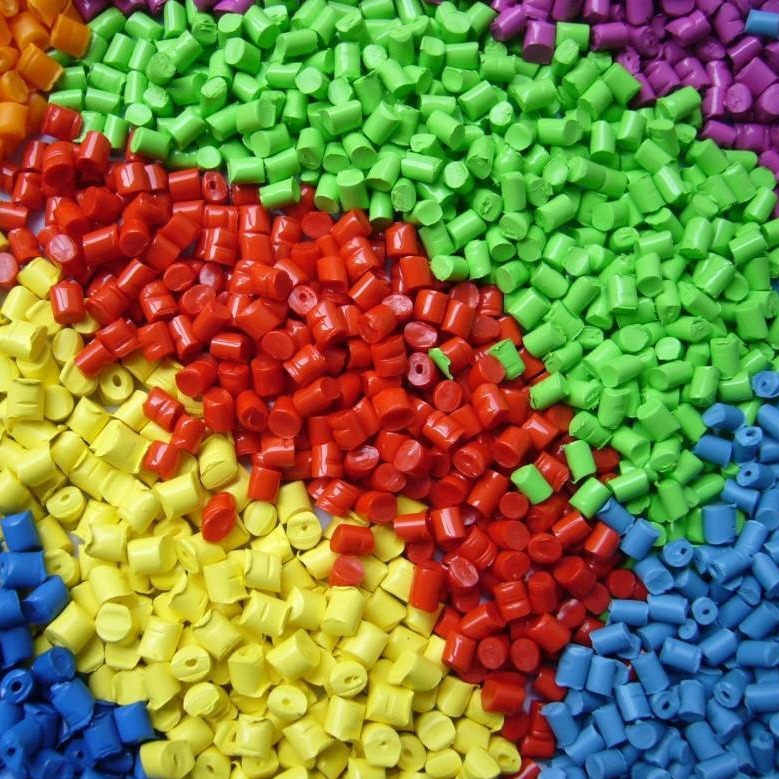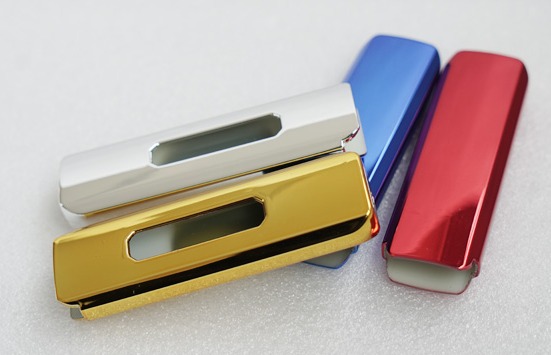
Plastic, Liquid Silicone & Metal Injection Molding
Low-Volume and Mass Production in One Place
Injection Molding Services
Need to quickly test out the market with low-volume parts? Or want to create large quantities of production parts? Then you can’t go wrong with our injection molding services. At Zigitech, we produce high-quality prototype moldings from aluminum molds with quick turnaround times. Our customers can test out their designs for manufacturability and functionality, fast. We also offer plastic injection molding for your high-volume production needs.
Whether you need rapid tooling, mass production mold making or end-use plastic molding with tight tolerances, our team of experienced specialists can offer a cost-effective solution at each stage.
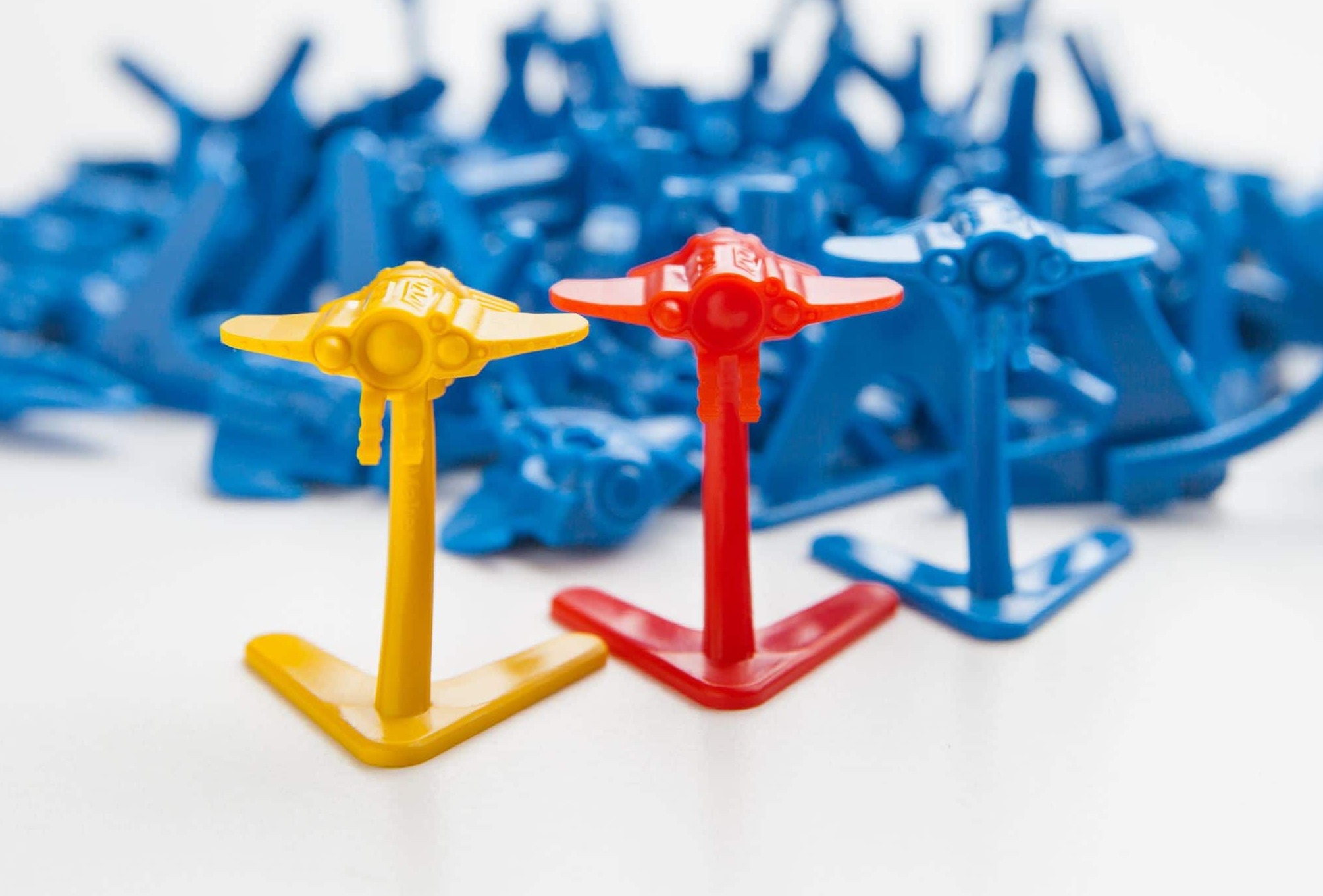
Advantages of Injection Molding with Zigitech
There are huge numbers of injection molding providers. Why should you choose us as your injection molding supplier? Here are the top 3 reasons:
1. Experienced Engineers
Our molding engineers have rich experience
after handling thousands of projects, whatever parts they come across, they can get the right
parameters immediately.
2. Advanced Facilities
By using imported and top brand locally made
injection molding machines, we are able to make the most precise moldings.
3. Unlimited Capacities
Aside from our in-house facilities, we have
built up strong networks with our partners. Full fleets of injection machines, from 10 tons to
1000 tons are ready for your orders without delay.
